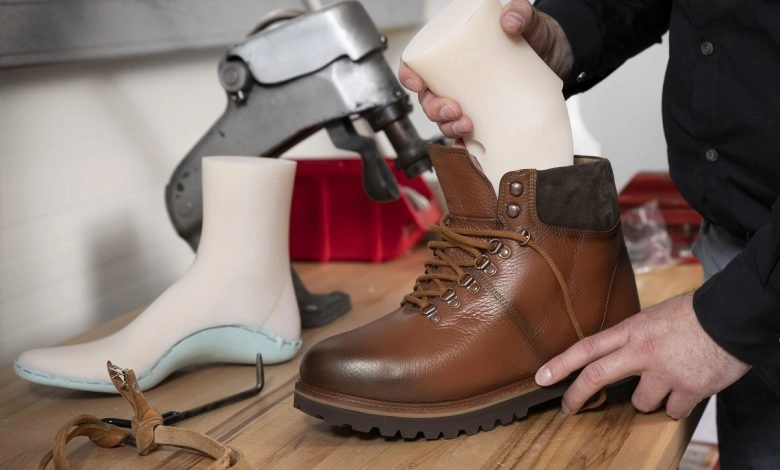Tailor-made orthopedic footwear typically takes several weeks to manufacture – particularly because traditional shoe lasts still need to be made from wood, which is a fairly time-consuming process. PROTIQ demonstrated how this can be done faster: with the help of additive manufacturing. Custom shoe lasts can now be virtually printed overnight and are available on the production bench within a few days. This offer is completed by a free online shoe last configurator that drastically simplifies the design of 3D data and seamlessly integrates it into the ordering process. The web application is built on the parameter software system from trinckle.

Bundled competencies
“Cobbler, stick to your last!” For better or worse, shoemakers had to adhere to this saying for decades. While 3D printing has been a hot topic in orthopedics for quite some time, the quality of 3D printed shoe lasts has never been satisfactory enough to match that of conventional wooden shoe lasts – until now. PROTIQ, a specialist in the field of additive manufacturing, has tackled the problem and, together with expert orthopedic shoemakers, has developed a solution that saves time and still meets the high demands of professional shoemaking.
Manufacturing on Demand
The key to this is the TPU plastic, which on the one hand offers the required properties of wood, and on the other hand, is elastic, has a firm hold, and is extremely light. PROTIQ is working closely with Forward AM, the BASF 3D Printing Solutions brand, to find the optimal material. BASF’s 3D printing division offers one of the largest material portfolios as well as comprehensive consulting expertise for all common 3D printing technologies. PROTIQ uses Selective Laser Sintering (SLS) to fuse the TPU layer by layer, allowing much greater precision and robustness compared to the more common Fused Deposition Modeling (FDM) technique. As a result, shoe lasts can be glued, polished, and stapled in the same way as their wooden counterparts.
Free shoe last configurator
But of course, the material alone does not produce a 3D printed shoe last. Before that, a customized 3D model has to be designed and adapted to the customer’s foot. For this, PROTIQ offers a free web-based solution that saves orthopedic shoemakers from having to purchase expensive 3D software. The website provides easy access to a shoe last configurator, which has been developed precisely for this application. The web application is built on the software system of PROTIQ’s long-standing cooperation partner trinckle.
The Berlin-based software company is specialized in the automation of design processes. During the development phase, trinckle focused in particular on the requirements of the orthopedic technicians involved to provide a seamless and intuitive workflow. Using the shoe last configurator, foot scans can be uploaded, the lasts can be modeled as required, and dimensions can be precisely measured and matched. This creates a customized pair of lasts that can be ordered on the spot. Need the lasts at a later date? No problem at all! 3D models that have already been created can be named as desired and saved in the customer account, creating your very own digital warehouse.
* This article is reprinted from 3D Printing Media Network. If you are involved in infringement, please contact us to delete it.
Author: Andrea Gambini


Leave A Comment